Your cart is currently empty!
Tag: Gated

Mastering Recurrent Neural Networks: A Look at Simple and Gated Architectures
Recurrent Neural Networks (RNNs) have become a popular choice for many researchers and practitioners in the field of machine learning and artificial intelligence. These networks are particularly well-suited for sequential data modeling, making them ideal for tasks such as natural language processing, speech recognition, and time series prediction. In this article, we will take a closer look at RNNs and explore two popular architectures: simple RNNs and gated RNNs.Simple RNNs are the most basic form of recurrent neural networks. They consist of a single layer of recurrent units that receive input at each time step and produce an output. The key feature of simple RNNs is their ability to maintain a memory of past inputs through feedback loops. This allows them to capture temporal dependencies in the data and make predictions based on previous information.
However, simple RNNs suffer from the vanishing gradient problem, which can make training them difficult, especially for long sequences. This is where gated RNNs come in. Gated RNNs, such as Long Short-Term Memory (LSTM) and Gated Recurrent Unit (GRU), address the vanishing gradient problem by introducing gating mechanisms that control the flow of information through the network.
LSTM networks, for example, have three gates – input gate, forget gate, and output gate – that regulate the flow of information through the network. The input gate determines how much new information should be stored in the memory, the forget gate decides what information to discard from the memory, and the output gate controls what information should be passed to the next layer.
GRU networks, on the other hand, have two gates – update gate and reset gate – that serve similar functions to the gates in LSTM networks. The update gate decides how much of the past information should be passed to the current time step, while the reset gate determines which parts of the past information should be forgotten.
Overall, gated RNNs have been shown to outperform simple RNNs in many tasks, especially those that require modeling long-term dependencies. However, they also come with a higher computational cost and complexity. When choosing between simple and gated RNNs, it is important to consider the specific requirements of the task at hand.
In conclusion, mastering recurrent neural networks requires a deep understanding of their architectures and capabilities. Simple RNNs are a good starting point for beginners, but for more complex tasks, gated RNNs such as LSTM and GRU are often the better choice. By experimenting with different architectures and tuning hyperparameters, researchers and practitioners can unlock the full potential of recurrent neural networks for a wide range of applications.
#Mastering #Recurrent #Neural #Networks #Simple #Gated #Architectures,recurrent neural networks: from simple to gated architectures
The Role of Gated Architectures in Enhancing the Performance of Recurrent Neural Networks
Recurrent Neural Networks (RNNs) have become increasingly popular in recent years for tasks such as natural language processing, speech recognition, and time series analysis. However, one of the challenges with RNNs is that they can be difficult to train effectively, especially on long sequences of data. This is because RNNs suffer from the problem of vanishing and exploding gradients, which can make it difficult for the network to learn long-term dependencies in the data.One approach that has been proposed to address this issue is the use of gated architectures, such as Long Short-Term Memory (LSTM) and Gated Recurrent Unit (GRU) networks. These architectures include specialized units called gates that control the flow of information through the network, allowing it to selectively remember or forget information over time. By doing so, gated architectures are better able to capture long-term dependencies in the data and avoid the vanishing and exploding gradient problems that plague traditional RNNs.
One of the key roles that gated architectures play in enhancing the performance of RNNs is in improving the network’s ability to remember long-term dependencies in the data. The gates in LSTM and GRU networks are designed to allow the network to selectively remember or forget information over time, based on the current input and the network’s internal state. This allows the network to maintain information about past inputs over long sequences, making it better able to learn complex patterns in the data.
Another important role that gated architectures play in enhancing RNN performance is in improving the network’s ability to handle input sequences of varying lengths. Traditional RNNs are limited in their ability to process sequences of different lengths, as they are constrained by the fixed size of the hidden state. Gated architectures, on the other hand, are able to adapt their internal state to the length of the input sequence, allowing them to handle sequences of varying lengths more effectively.
Overall, gated architectures play a crucial role in enhancing the performance of RNNs by addressing the challenges of vanishing and exploding gradients, improving the network’s ability to remember long-term dependencies, and enabling the network to handle input sequences of varying lengths. By incorporating gated architectures such as LSTM and GRU networks into RNN models, researchers and practitioners can build more powerful and flexible neural network models that are better able to learn from and make predictions on sequential data.
#Role #Gated #Architectures #Enhancing #Performance #Recurrent #Neural #Networks,recurrent neural networks: from simple to gated architectures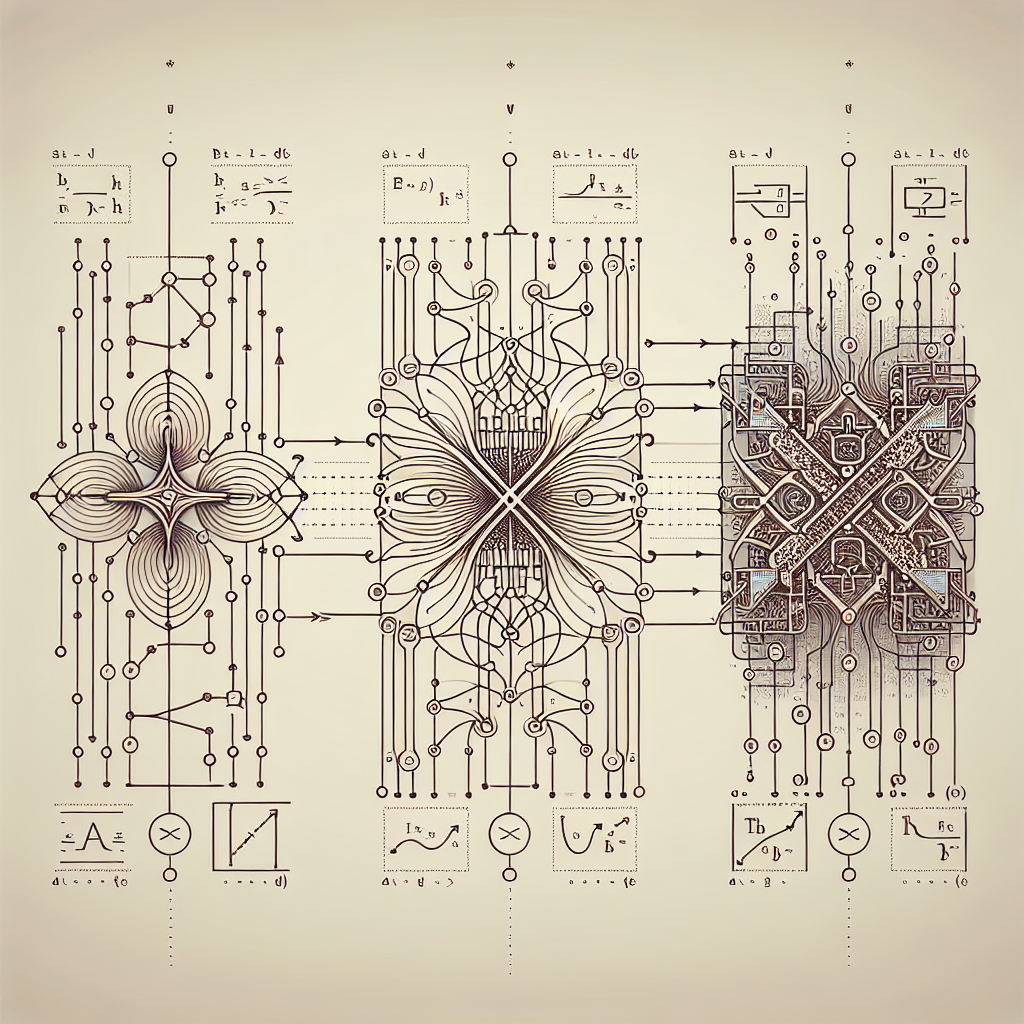
From Basic RNNs to Advanced Gated Architectures: A Deep Dive into Recurrent Neural Networks
Recurrent Neural Networks (RNNs) have become one of the most popular and powerful tools in the field of deep learning. They are widely used in a variety of applications, including natural language processing, speech recognition, and time series analysis. In this article, we will explore the evolution of RNNs from basic architectures to advanced gated architectures, such as Long Short-Term Memory (LSTM) and Gated Recurrent Unit (GRU).Basic RNNs are the simplest form of recurrent neural networks. They have a single layer of recurrent units that process input sequences one element at a time. Each unit in the network receives input from the previous time step and produces an output that is fed back into the network. While basic RNNs are capable of modeling sequential data, they suffer from the problem of vanishing gradients, which makes it difficult for them to learn long-term dependencies in the data.
To address this issue, more advanced gated architectures, such as LSTM and GRU, have been developed. These architectures incorporate gating mechanisms that allow the network to control the flow of information through the recurrent units. In LSTM networks, each unit has three gates – input gate, forget gate, and output gate – that regulate the flow of information through the cell state. This enables the network to learn long-term dependencies more effectively and avoid the vanishing gradient problem.
Similarly, GRU networks have two gates – reset gate and update gate – that control the flow of information through the network. GRUs are simpler than LSTMs and have fewer parameters, making them faster to train and more efficient in terms of computational resources. However, LSTMs are generally considered to be more powerful and capable of capturing more complex patterns in the data.
In addition to LSTM and GRU, there are other advanced gated architectures, such as Clockwork RNNs and Depth-Gated RNNs, that have been proposed in recent years. These architectures introduce additional mechanisms to improve the performance of RNNs in specific applications, such as modeling hierarchical structures or handling variable-length sequences.
Overall, the evolution of RNNs from basic architectures to advanced gated architectures has significantly improved their ability to model sequential data and learn long-term dependencies. These advanced architectures have become essential tools in the field of deep learning, enabling the development of more powerful and accurate models for a wide range of applications. As research in this area continues to advance, we can expect even more sophisticated and effective architectures to be developed in the future.
#Basic #RNNs #Advanced #Gated #Architectures #Deep #Dive #Recurrent #Neural #Networks,recurrent neural networks: from simple to gated architectures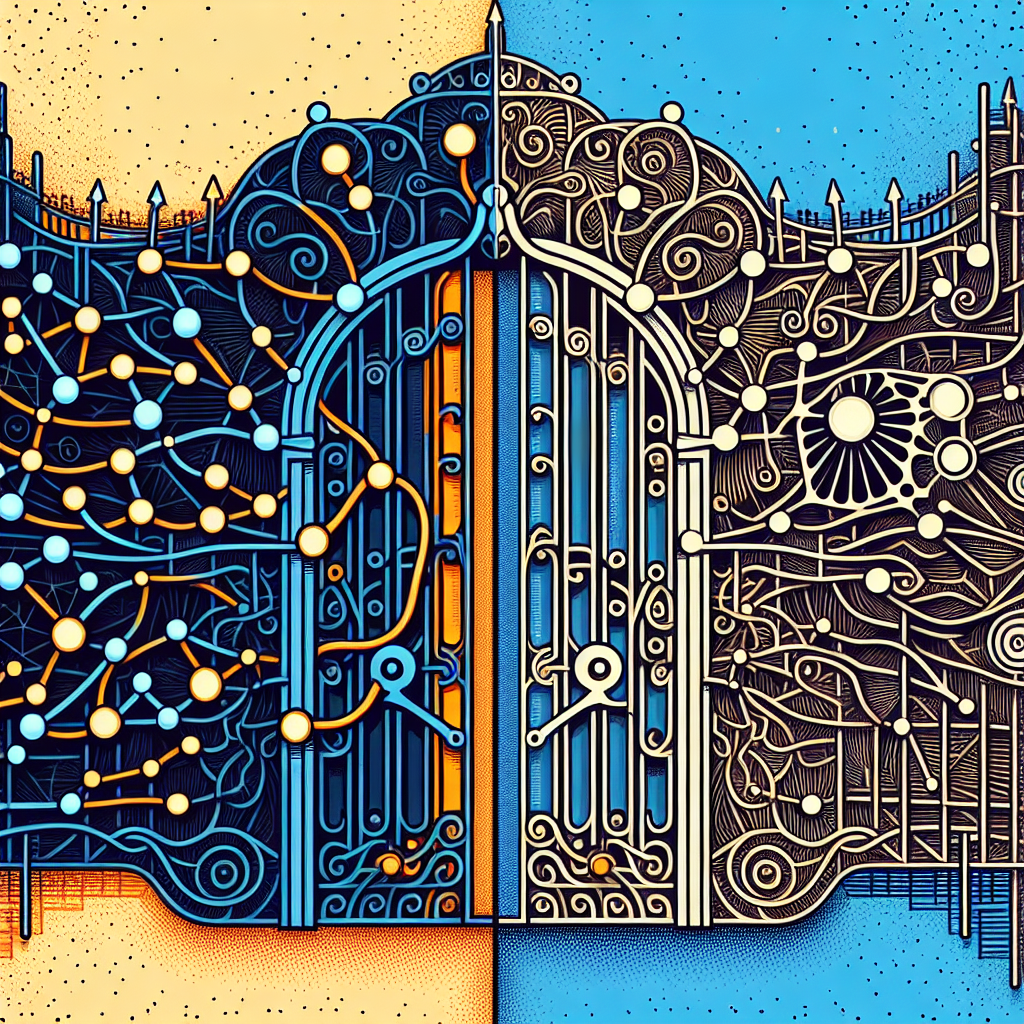
Unleashing the Potential of Recurrent Neural Networks with Gated Architectures
Recurrent Neural Networks (RNNs) have been a powerful tool in the field of deep learning for tasks involving sequential data, such as language modeling, speech recognition, and time series prediction. However, traditional RNNs have limitations when it comes to capturing long-range dependencies in sequences. This is where gated architectures, such as Long Short-Term Memory (LSTM) and Gated Recurrent Unit (GRU), come into play.These gated architectures were introduced to address the vanishing gradient problem that occurs in traditional RNNs, which makes it difficult for the network to learn long-term dependencies. LSTMs and GRUs achieve this by incorporating gating mechanisms that allow the network to selectively remember or forget information at each time step, making them better suited for capturing long-range dependencies in sequences.
One of the key advantages of using gated architectures is their ability to effectively model sequences with varying lengths and capture dependencies that span across long distances. This makes them particularly well-suited for tasks such as machine translation, where the model needs to remember information from the beginning of a sentence to accurately translate it to another language.
Another benefit of gated architectures is their ability to handle vanishing and exploding gradients more effectively compared to traditional RNNs. This allows the network to be trained more efficiently and converge faster, making it easier to train deep recurrent networks for complex tasks.
Furthermore, gated architectures have been shown to outperform traditional RNNs on a wide range of tasks, including language modeling, speech recognition, and image captioning. Their superior performance can be attributed to their ability to learn more complex patterns and capture long-term dependencies in sequences.
In conclusion, gated architectures such as LSTMs and GRUs have revolutionized the field of deep learning by unleashing the full potential of recurrent neural networks. Their ability to capture long-range dependencies, handle vanishing gradients, and outperform traditional RNNs on various tasks make them an essential tool for anyone working with sequential data. By leveraging the power of gated architectures, researchers and practitioners can unlock new possibilities and push the boundaries of what is possible with recurrent neural networks.
#Unleashing #Potential #Recurrent #Neural #Networks #Gated #Architectures,recurrent neural networks: from simple to gated architectures
A Comprehensive Guide to Implementing Gated Architectures in Recurrent Neural Networks
Recurrent Neural Networks (RNNs) have become increasingly popular in the field of machine learning for their ability to effectively model sequential data. However, traditional RNNs have limitations when it comes to capturing long-term dependencies in sequences. This is where gated architectures, such as Long Short-Term Memory (LSTM) and Gated Recurrent Unit (GRU), come into play.Gated architectures in RNNs incorporate mechanisms that enable the network to selectively retain or forget information over time, allowing them to better capture long-term dependencies in sequences. In this comprehensive guide, we will explore the key concepts behind gated architectures and provide a step-by-step approach to implementing them in RNNs.
1. Understanding Gated Architectures:
Gated architectures, such as LSTM and GRU, are designed to address the vanishing and exploding gradient problems that traditional RNNs face when training on long sequences. These architectures incorporate gating mechanisms, such as forget gates, input gates, and output gates, to regulate the flow of information through the network.
Forget gates in LSTM and GRU allow the network to selectively forget information from previous time steps that is no longer relevant for the current prediction. Input gates control the flow of new information into the network, while output gates regulate the information that is passed to the next time step or output layer.
2. Implementing Gated Architectures in RNNs:
To implement gated architectures in RNNs, you can use popular deep learning frameworks such as TensorFlow or PyTorch. Here is a step-by-step approach to implementing LSTM in TensorFlow:
– Define the LSTM layer using the tf.keras.layers.LSTM() function, specifying the number of units (hidden neurons) and input shape.
– Add the LSTM layer to your neural network architecture, along with any additional layers such as Dense or Dropout layers.
– Compile the model using an appropriate loss function and optimizer.
– Train the model on your training data using the model.fit() function.
– Evaluate the model on your test data using the model.evaluate() function.
Similarly, you can implement GRU in TensorFlow using the tf.keras.layers.GRU() function and following the same steps outlined above.
3. Best Practices for Training Gated Architectures:
When training RNNs with gated architectures, it is important to pay attention to hyperparameters such as learning rate, batch size, and sequence length. Experiment with different hyperparameter values to find the optimal settings for your specific dataset and model architecture.
Additionally, consider using techniques such as early stopping and learning rate scheduling to prevent overfitting and improve training efficiency. Regularization techniques, such as dropout or L2 regularization, can also be helpful in preventing the model from memorizing noise in the training data.
In conclusion, gated architectures in RNNs offer a powerful solution for capturing long-term dependencies in sequential data. By understanding the key concepts behind LSTM and GRU, and following a systematic approach to implementation and training, you can effectively leverage these architectures in your machine learning projects. Experiment with different hyperparameters and regularization techniques to optimize the performance of your gated RNN models and unlock their full potential in modeling complex sequential data.
#Comprehensive #Guide #Implementing #Gated #Architectures #Recurrent #Neural #Networks,recurrent neural networks: from simple to gated architectures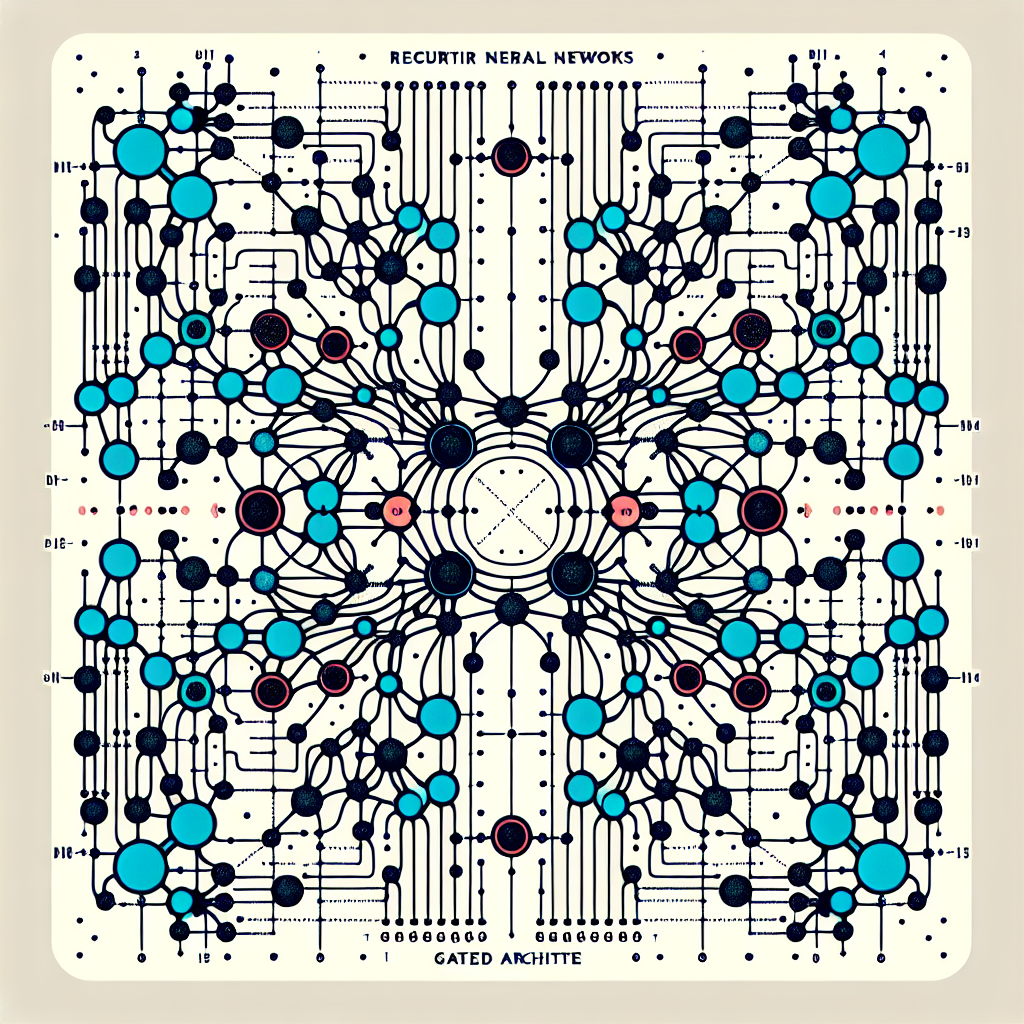
Exploring the Power of Gated Architectures in Recurrent Neural Networks
Recurrent Neural Networks (RNNs) have gained popularity in recent years due to their ability to effectively model sequential data. However, traditional RNNs suffer from the problem of vanishing gradients, which can make it difficult for the network to learn long-term dependencies in the data.One solution to this problem is the use of gated architectures, such as Long Short-Term Memory (LSTM) and Gated Recurrent Unit (GRU) networks. These architectures incorporate gating mechanisms that allow the network to selectively update and pass information through time, making it easier to learn long-term dependencies.
One of the key features of gated architectures is the use of gates, which are responsible for regulating the flow of information through the network. LSTM networks, for example, have three gates: the input gate, forget gate, and output gate. The input gate controls the flow of new information into the cell state, the forget gate controls which information to forget from the cell state, and the output gate controls the information that is passed to the next time step.
GRU networks, on the other hand, have two gates: the update gate and reset gate. The update gate controls how much of the previous hidden state is passed to the current time step, while the reset gate controls how much of the previous hidden state is combined with the new input.
These gating mechanisms allow gated architectures to effectively model long-term dependencies in the data. For example, in a language modeling task, LSTM networks have been shown to outperform traditional RNNs by capturing dependencies that span over hundreds of time steps.
Furthermore, gated architectures have been successfully applied to a wide range of tasks, including speech recognition, machine translation, and video analysis. In each of these tasks, the ability of gated architectures to model long-term dependencies has proven to be crucial for achieving high performance.
In conclusion, gated architectures such as LSTM and GRU networks have revolutionized the field of recurrent neural networks by addressing the problem of vanishing gradients and enabling the effective modeling of long-term dependencies in sequential data. By exploring the power of gated architectures, researchers and practitioners can continue to push the boundaries of what is possible with RNNs and unlock new opportunities for innovation in artificial intelligence.
#Exploring #Power #Gated #Architectures #Recurrent #Neural #Networks,recurrent neural networks: from simple to gated architectures
The Evolution of Recurrent Neural Networks: A Journey from Simple to Gated Architectures
Recurrent Neural Networks (RNNs) have become a popular choice for tasks involving sequential data, such as language modeling, speech recognition, and time series forecasting. The evolution of RNNs has been a fascinating journey, with researchers continuously exploring new architectures and techniques to improve their performance.The history of RNNs can be traced back to the 1980s, when they were first introduced as a way to model sequential data. These early RNNs were simple in design, with a single layer of recurrent units that processed input sequences one element at a time. While they showed promise in capturing temporal dependencies in data, they were limited by the vanishing gradient problem, which made it difficult for them to learn long-term dependencies.
To address this issue, researchers began to experiment with more complex architectures for RNNs. One of the first breakthroughs came with the introduction of Long Short-Term Memory (LSTM) networks in the early 1990s. LSTMs are a type of gated RNN architecture that includes specialized units called “memory cells” that can store information over long sequences. By controlling the flow of information through these memory cells, LSTMs were able to learn long-term dependencies more effectively than traditional RNNs.
Another important development in the evolution of RNNs came with the introduction of Gated Recurrent Units (GRUs) in the early 2010s. GRUs are a simplified version of LSTMs that combine the gating mechanisms of LSTMs into a single update gate and reset gate. This streamlined architecture made GRUs easier to train and more computationally efficient than LSTMs, while still maintaining strong performance on sequential data tasks.
In recent years, researchers have continued to push the boundaries of RNN architecture design, exploring new variations and extensions of the basic LSTM and GRU models. For example, researchers have developed attention mechanisms that allow RNNs to focus on specific parts of input sequences, as well as multi-head architectures that enable RNNs to process multiple input streams in parallel.
Overall, the evolution of RNNs from simple to gated architectures has been a testament to the power of continuous innovation and experimentation in the field of deep learning. As researchers continue to refine and improve RNNs, we can expect to see even more impressive performance on a wide range of sequential data tasks in the future.
#Evolution #Recurrent #Neural #Networks #Journey #Simple #Gated #Architectures,recurrent neural networks: from simple to gated architectures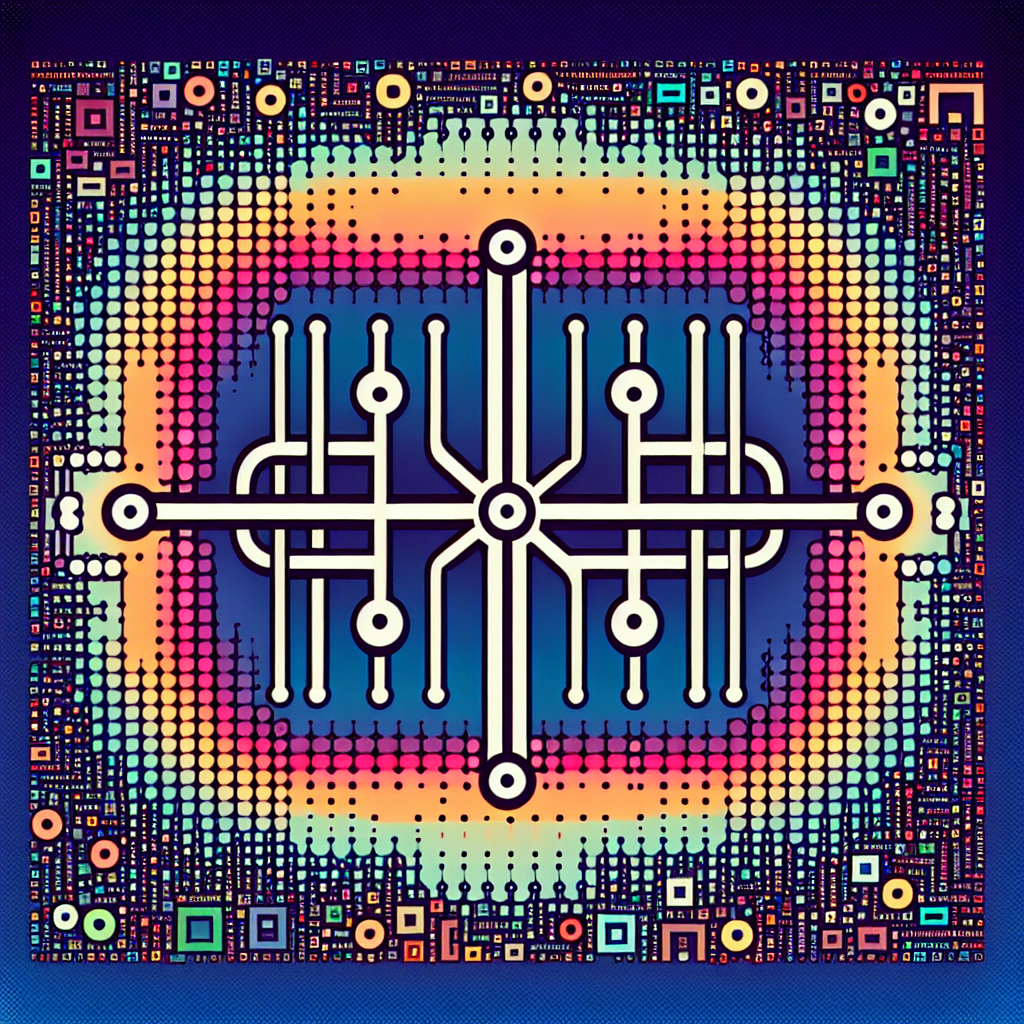
Breaking Down Gated Architectures in Recurrent Neural Networks
Recurrent Neural Networks (RNNs) have gained popularity in the field of deep learning due to their ability to process sequential data. However, one of the challenges in training RNNs is dealing with the issue of vanishing or exploding gradients, which can hinder the learning process. To address this problem, gated architectures have been developed to improve the performance of RNNs.Gated architectures are a type of neural network architecture that introduces gating mechanisms to control the flow of information through the network. These gating mechanisms allow the network to selectively update or forget information at each time step, enabling the network to better capture long-range dependencies in sequential data.
One of the most widely used gated architectures in RNNs is the Long Short-Term Memory (LSTM) network. The LSTM network consists of three main gates: the input gate, the forget gate, and the output gate. These gates control the flow of information through the network, allowing the LSTM network to store and retrieve information over long periods of time.
Another popular gated architecture in RNNs is the Gated Recurrent Unit (GRU) network. The GRU network simplifies the architecture of the LSTM network by combining the input and forget gates into a single update gate. This simplification allows the GRU network to achieve similar performance to the LSTM network with fewer parameters.
Breaking down the gated architectures in RNNs, we can see how these mechanisms work to improve the performance of the network. The input gate in the LSTM network controls the flow of new information into the cell state, while the forget gate controls which information to discard from the cell state. The output gate then decides which information to pass on to the next time step.
In the GRU network, the update gate combines the roles of the input and forget gates in the LSTM network, allowing the network to update the cell state more efficiently. The reset gate in the GRU network controls how much of the past information to forget, helping the network to capture the relevant information in the data.
Overall, gated architectures in RNNs have proven to be effective in improving the performance of these networks by addressing the issue of vanishing or exploding gradients. By introducing gating mechanisms to control the flow of information, gated architectures enable RNNs to better capture long-range dependencies in sequential data, making them a powerful tool for processing sequential data in deep learning applications.
#Breaking #Gated #Architectures #Recurrent #Neural #Networks,recurrent neural networks: from simple to gated architectures
Advancements in Recurrent Neural Networks: From Simple to Gated Architectures.
Recurrent Neural Networks (RNNs) have been a powerful tool in the field of artificial intelligence and deep learning, particularly in tasks involving sequential data such as natural language processing, speech recognition, and time series analysis. However, traditional RNNs have limitations when it comes to capturing long-term dependencies in sequences due to the vanishing gradient problem.In recent years, there have been significant advancements in the design of RNN architectures, moving from simple RNNs to more sophisticated gated architectures such as Long Short-Term Memory (LSTM) and Gated Recurrent Unit (GRU). These gated architectures have been able to address the vanishing gradient problem by introducing mechanisms that allow the network to selectively retain or forget information over time.
LSTM, introduced by Hochreiter and Schmidhuber in 1997, incorporates three gates – input, forget, and output gates – that control the flow of information within the network. The input gate determines which information to store in the cell state, the forget gate decides which information to discard, and the output gate determines which information to pass on to the next time step. This architecture has been shown to be effective in capturing long-term dependencies in sequences and is widely used in applications such as language modeling and machine translation.
GRU, introduced by Cho et al. in 2014, is a simplified version of LSTM that combines the forget and input gates into a single update gate. This simplification reduces the number of parameters in the network and makes training more efficient. Despite its simplicity, GRU has been shown to be as effective as LSTM in many tasks and is often preferred due to its computational efficiency.
In addition to LSTM and GRU, there have been other variations of gated architectures such as Gated Linear Units (GLU) and Depth-Gated RNNs that aim to improve the performance of RNNs in capturing long-term dependencies. These advancements in RNN architectures have led to significant improvements in the performance of deep learning models in a wide range of applications.
Overall, the shift from simple RNNs to gated architectures has been a major milestone in the development of recurrent neural networks. These advancements have enabled the modeling of complex sequential data with long-term dependencies, making RNNs a powerful tool for a variety of tasks in artificial intelligence and machine learning. As research in this field continues to progress, we can expect further innovations that will push the boundaries of what RNNs can achieve.
#Advancements #Recurrent #Neural #Networks #Simple #Gated #Architectures,recurrent neural networks: from simple to gated architectures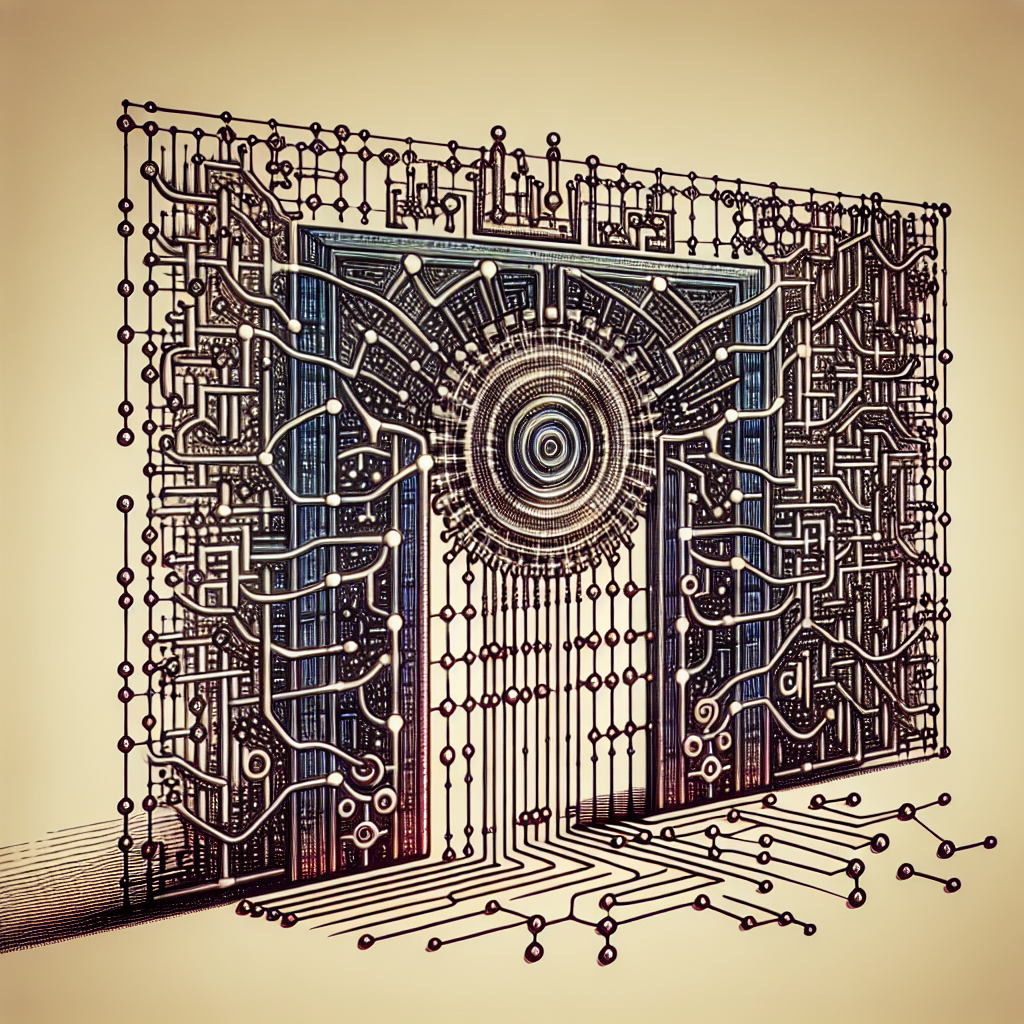
The Role of Gated Architectures in Overcoming Shortcomings of Traditional RNNs
Recurrent Neural Networks (RNNs) have been a popular choice for sequential data processing tasks such as natural language processing, speech recognition, and time series analysis. However, traditional RNNs have some shortcomings that limit their performance in certain applications. One of the key issues with traditional RNNs is the vanishing gradient problem, where gradients can become very small as they are propagated back through time, leading to difficulties in learning long-range dependencies.To address this issue, researchers have introduced gated architectures, such as Long Short-Term Memory (LSTM) and Gated Recurrent Unit (GRU), which have shown significant improvements in capturing long-term dependencies in sequential data. These gated architectures incorporate mechanisms that allow the network to selectively update and forget information, making them more effective in handling long sequences.
One of the key components of gated architectures is the gate mechanism, which consists of sigmoid and tanh activation functions that control the flow of information through the network. The sigmoid function determines which information should be passed on or forgotten, while the tanh function regulates the update of the cell state. By incorporating these gate mechanisms, gated architectures are able to learn when to update or forget information, making them more robust to the vanishing gradient problem.
Additionally, gated architectures also have the advantage of being able to capture multiple time scales in the data. This is achieved through the use of multiple gating mechanisms that control the flow of information at different time scales, allowing the network to learn complex patterns in the data more effectively.
Overall, gated architectures have proven to be a powerful tool in overcoming the shortcomings of traditional RNNs. By incorporating mechanisms that allow the network to selectively update and forget information, gated architectures are able to capture long-range dependencies and learn complex patterns in sequential data more effectively. As a result, gated architectures have become a popular choice for a wide range of applications, from language modeling to speech recognition, and are likely to continue to play a key role in the development of advanced neural network models.
#Role #Gated #Architectures #Overcoming #Shortcomings #Traditional #RNNs,recurrent neural networks: from simple to gated architectures
